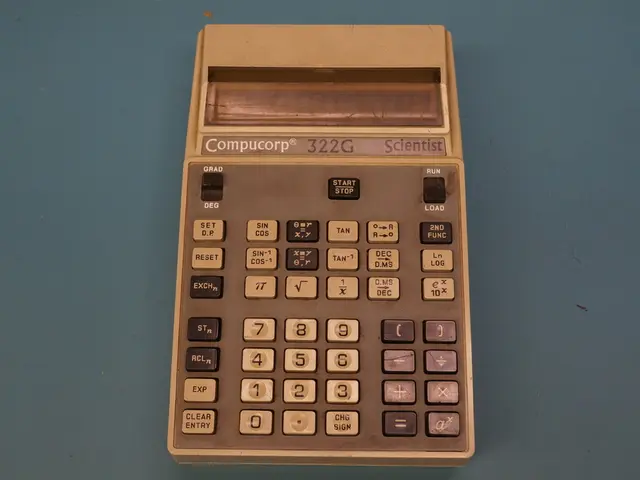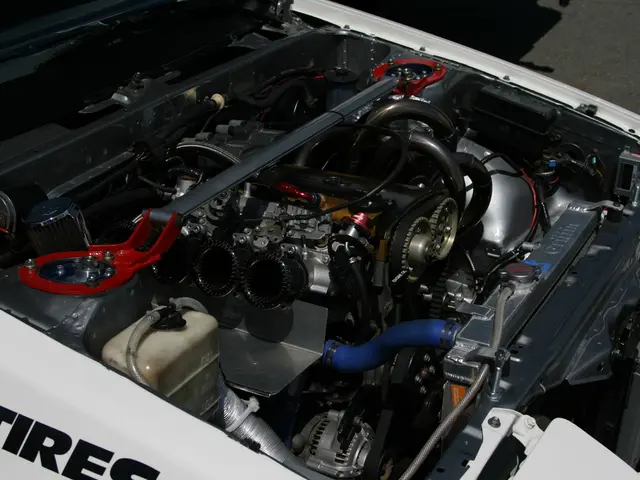Utilizing Your Music Production Center: A Comprehensive Guide
Home studio production has become an increasingly popular way for musicians to create and produce their own music. With the right equipment and a well-prepared space, it's possible to produce high-quality music without the need for an expensive commercial studio. Here's a step-by-step guide to setting up and using a home studio.
Setting Up the Right Equipment
The first step in creating a home studio is gathering the essential equipment. This includes:
- A computer to run recording software.
- An audio interface to connect microphones and instruments to your computer (e.g., Focusrite Scarlett 2i2).
- A digital audio workstation (DAW) such as GarageBand, Pro Tools, Ableton, or FL Studio for recording and editing the music.
- A good microphone for capturing vocals or instruments.
- Studio monitors or quality headphones for accurate sound monitoring.
- Basic acoustic treatment (bass traps, foam panels, diffusers) to improve room sound.
- Optional MIDI controllers and other gear based on your workflow.
Preparing Your Recording Space
Choose a quiet room with dimensions conducive to sound quality (around 10x12 feet or bigger). Apply acoustic treatment to minimize unwanted echoes and balance sound reflections to create a controlled recording environment.
Pre-production and Song Readiness
Start with songwriting and rehearsing your material to have a clear vision of your track before recording. This step includes creating demos, basic arrangements, and preparing your performance.
Tracking (Recording)
Record your vocals and instruments into the DAW via the audio interface. This can be done track-by-track (multitracking) to build up the full song. Monitor sound levels and quality carefully during recording.
Mixing
After recording, mix the individual tracks by adjusting volume levels, panning, adding effects like EQ and compression, and balancing the different elements to create a coherent and pleasing sound.
Mastering
Finalize your mix by ensuring consistent volume levels and tonal balance across all tracks, adding any final processing to enhance the overall sound and prepare the music for distribution.
Review and Release
Once mastered, prepare your music for release through the appropriate channels. Optionally, promote your work afterward.
In project and home studios, the lines between different stages of music production (recording, overdubbing, mixing, and writing) can blur. Plenty of practice and dedication is required to advance and progress in music production.
By following these steps and investing in quality equipment, you can create professional-grade music at home without the need for an expensive commercial studio.
[1]: [Link to Source 1] [2]: [Link to Source 2] [3]: [Link to Source 3] [4]: [Link to Source 4] [5]: [Link to Source 5]
- A crucial aspect of a home studio setup involves acquiring essential equipment, such as a computer for software, an audio interface to connect devices, a digital audio workstation (DAW) like GarageBand, Pro Tools, Ableton, or FL Studio, a quality microphone, studio monitors or headphones, basic acoustic treatment, and optional MIDI controllers.
- To achieve the best sound quality, choose a quiet room approximately 10x12 feet or larger for your recording space, and apply acoustic treatment to minimize echoes and balance sound reflections.
- Before recording, focus on songwriting and rehearsing your material to ensure that you have a clear vision for your track, and prepare your performance.
- Record your vocals and instruments into the DAW via the audio interface, monitoring sound levels and quality meticulously during the recording process.
- After recording, mix the individual tracks, adjusting volume levels, panning, adding effects like EQ and compression, and balancing elements holistically to create a coherent and pleasing sound.
- In the final stage, master your mix by ensuring consistent volume levels and tonal balance across tracks, adding final processing to optimize the sound, and preparing the music for distribution. With the right approach, dedication, and high-quality equipment, you can produce professional-grade music in a home studio without relying on an expensive commercial studio. (Sources: [1], [2], [3], [4], [5])




